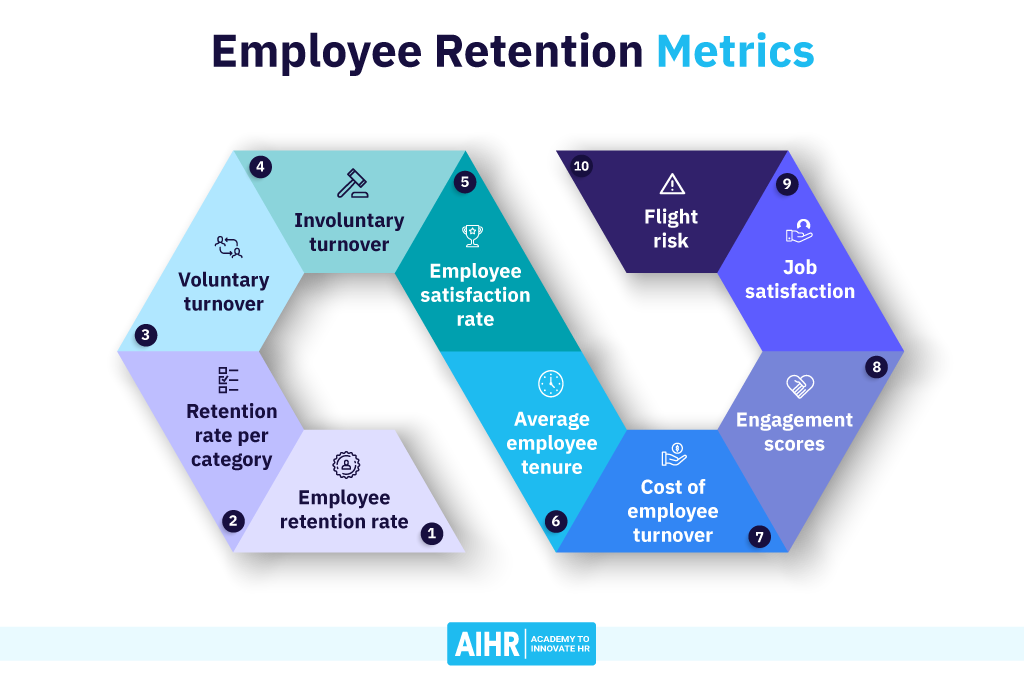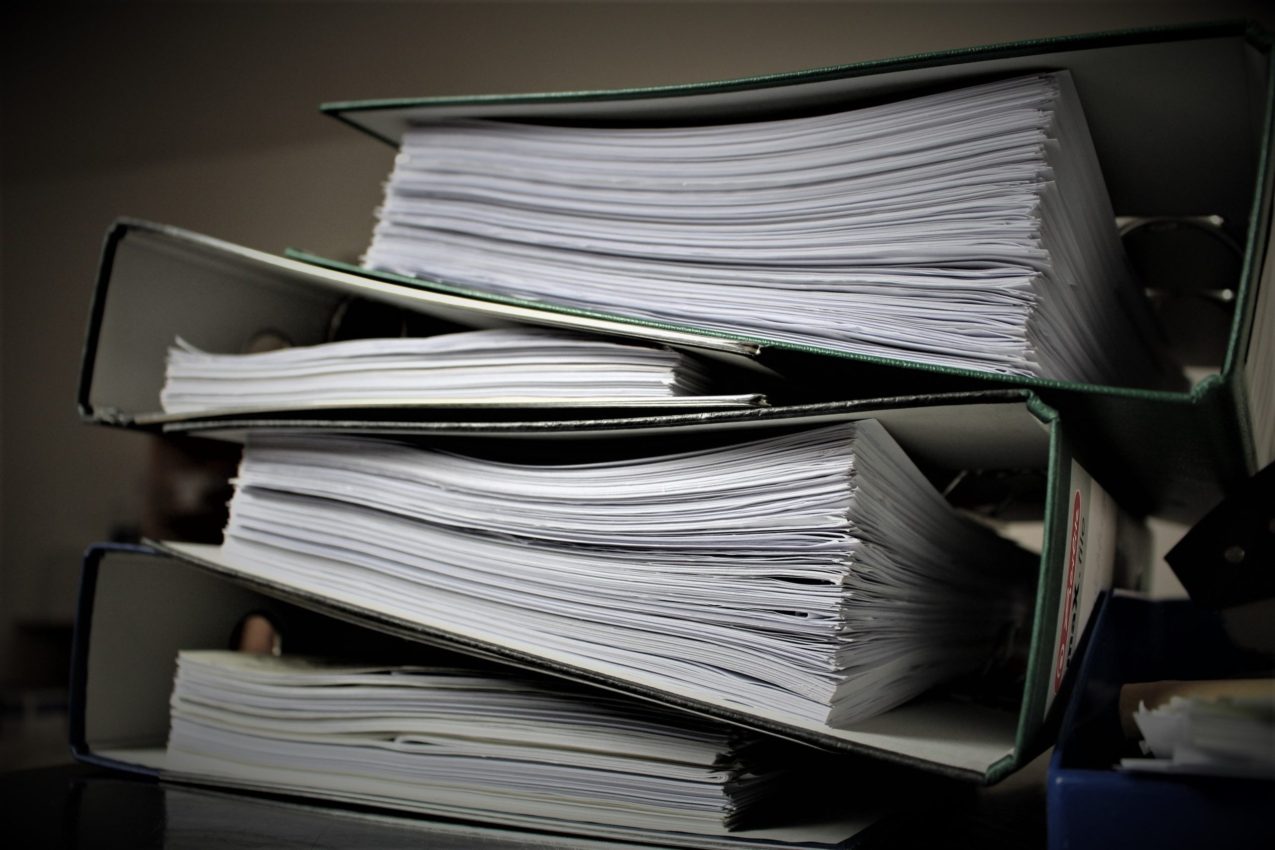5 Ways to Manage Audit Paperwork Retention Time

The process of managing audit paperwork and determining the appropriate retention time can be quite daunting for businesses. Effective audit paperwork retention is not only crucial for compliance with legal and regulatory requirements but also plays a significant role in an organization's ability to respond to audits, manage risks, and maintain transparency. Here are five ways to manage audit paperwork retention time effectively:
1. Understand Legal and Regulatory Requirements

The first step in managing how long to retain audit paperwork is understanding the legal landscape. Different countries and industries have varying regulations on how long records must be kept:
- Tax-related documents often require retention periods of seven years or more.
- Health records in the medical sector might need to be kept indefinitely due to the long-term implications of medical treatments.
🔍 Note: Always consult with a legal expert or refer to the latest regulatory guidelines to ensure your organization adheres to the current standards.

2. Implement a Retention Schedule

After identifying the legal requirements, it’s essential to:
- Create a retention schedule detailing how long each type of document should be kept.
- Include policies on electronic vs. physical document retention.
- Establish procedures for archiving, storage, and eventual destruction of documents.
| Document Type | Minimum Retention Period | Storage Method |
|---|---|---|
| Tax Documents | 7 years | Paper & Digital |
| Employee Records | Varies (5-30 years) | Secure Digital |
| Internal Audit Reports | Indefinitely | Paper & Digital |

3. Use Document Management Software

Implementing a document management system (DMS) can streamline the retention process:
- Automate retention periods and document classification.
- Provide secure access and storage for both physical and digital documents.
- Facilitate version control and audit trails.
📂 Note: Ensure the software chosen complies with any data protection laws relevant to your operations.

4. Regularly Review and Update Retention Policies

As laws change and business needs evolve, it's crucial to:
- Periodically review and update your retention policies.
- Communicate changes to staff to ensure compliance.
- Consider environmental sustainability when updating physical document storage solutions.
5. Train Employees on Document Retention Procedures

The effectiveness of your retention strategy is significantly influenced by your staff's understanding and compliance:
- Conduct training sessions on document handling, storage, and disposal.
- Implement internal audits to ensure compliance with the retention policy.
- Use a feedback system for improvement based on practical experience.
🏫 Note: Training should be an ongoing process to adapt to changes in policy, technology, or business practices.
By adhering to these five strategies, businesses can ensure that they manage their audit paperwork retention effectively. This not only helps in maintaining compliance but also in creating an organized, secure, and efficient documentation process. Proper management of audit documents not only prepares your business for any future audits or legal reviews but also supports internal operations, reduces clutter, and minimizes potential legal risks.
Why is document retention time important for audits?

+
Document retention time is crucial for audits as it ensures that businesses can provide necessary records when auditors or regulators request them. This not only proves compliance with legal standards but also allows for a thorough review of past operations, decisions, and transactions.
What happens if audit documents are not retained for the required period?

+
Non-compliance with retention requirements can lead to legal penalties, fines, and could potentially compromise the integrity of your business during an audit. It might also result in the inability to defend against legal claims or to accurately reconstruct past business activities.
How does technology help with document retention?

+
Technology aids in document retention through automation of retention schedules, secure storage solutions, and providing easy access and retrieval systems. This reduces human error, ensures compliance, and can facilitate efficient document management across the organization.



